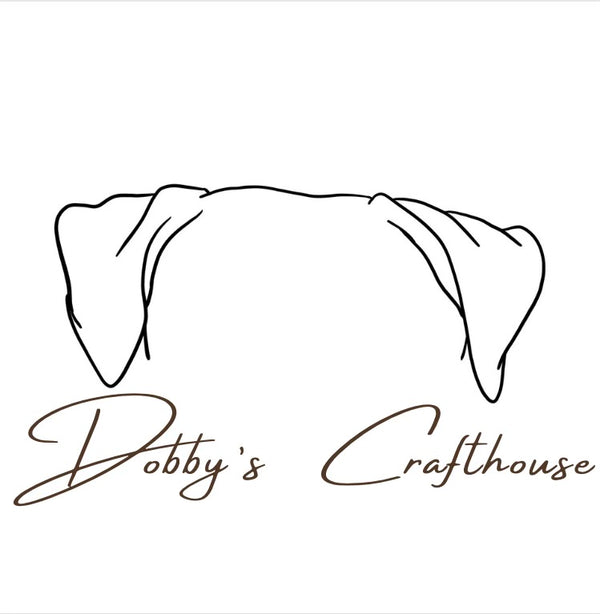The Do's
- Hand wash only
- Only use hot soapy water
- Immediately wash after use
- Throughly wash both sides
- Dry board with clean kitchen towel after washing
- Allow to completely dry before use
- Lather dry board wit mineral oil or board butter monthly to prevent cracking overtime
The Do Not's
- Do not soak
- Do not put in dishwasher
- Do not use in microwave or oven
- Do not use abrasive sponges
- Do not overheat
- Do not freeze
- Do not let standing liquid develop
BEFORE USE
All our cutting boards are sealed with mineral oil and our Dobby's Crafthouse Board Butter. It is recommended to clean and re-apply our wood butter prior to use. Do not use food oil, such as vegetable oil or olive oil as hey will become rancid over time.
APPLICATION INSTRUCTIONS
For unfinished boards, apply a generous amount of mineral oil or butcher block conditioner to all surfaces of the cutting board; allow for the mineral oil or conditioner to absorb into the wood for one to three hours, then wipe off excess with a clean cloth or paper towel. If the grain rises slightly after oiling, sand the surface lightly with 220 grit sandpaper, wipe down with a damp cloth, and then reapply another coat of mineral oil or butcher block conditioner.
RE-SEASON INSTRUCTIONS
When your cutting board is starting to look dry and lighter in color, you need to apply mineral oil or butcher block conditioner, and then buff with our Dobby's Crafthouse Board Butter to reseal the wood fibers.
CLEANING
For fruits and vegetables, a damp cloth with water can be used before and after food preparation. For meat, fish or dairy products, a damp cloth with water can be used before food preparation. When food preparation is completed, clean the cutting board with soap and water or full strength white vinegar. The acetic acid in vinegar is a good disinfectant and effective against harmful bugs such as E. Coli, Salmonella, and Staphylococcus. Three percent hydrogen peroxide is also a good bacteria-killer. You may need to re-season your cutting board after cleaning. Allow the cutting surface to dry completely before attempting to re-season with oil or conditioner.
Lemon or lime juice with salt will help remove odors if you’ve been working with onions, garlic or other strong scented foods. Sprinkle your cutting surface with salt. Cut a lemon or lime into quarters, and use these quarters to rub the salt into the cutting surface. Let sit for 2-3 minutes and then wipe the cutting surface clean with a damp cloth. Baking soda may also help remove odors.
IMPORTANT NOTICE
Wod cutting boards should be cleaned promptly after each use. Never submerge a wood cutting board in water. Wood cutting boards are not dishwasher safe.

